Without the differential beneath your vehicle filled with gears, clutches, bearings and gear lube, your wheels couldn’t rotate at different speeds and traverse different distances when taking a corner, meaning the outside wheel would skip and drag over the pavement.
Not good for vehicle handling or tire maintenance.
So engineers developed the automotive differential, which we can organize into three general categories. Here, we present the basics of each and what you need to know to ensure your differential delivers years of solid performance.
1) The open (or standard) differential
Your pickup, SUV or rear-wheel-drive car likely has an open, or standard, differential.
A carrier holds a ring gear and spider and side gears. When you take a corner, the spider and side gears allow the outside wheel to travel faster and farther than the inside wheel, resulting in a smooth, safe ride.
- PROS: Cost-effective, excellent option for most stock vehicles. Provides predictable handling, reduced tire wear and little maintenance.
- CONS: An open differential directs power to the wheel with the least resistance. Anyone who’s driven on snow or ice quickly finds out what this means – one wheel can spin wildly while the opposite wheel receives insufficient power to move the vehicle, leaving you stuck.
2) The clutch-type limited-slip differential
A clutch-type limited-slip differential attempts to solve the fatal flaw of the open differential, though it’s not a perfect solution.
When driving on a firm, dry surface, a limited-slip differential sends equal power to each wheel. But, when you hit the patch of ice or pit of mud that could leave a vehicle using an open differential spinning one wheel and going nowhere, a limited-slip differential supplies some torque to the wheel with grip, giving you a better chance of getting out of trouble.
A limited-slip differential commonly uses clutches to transmit torque between wheels. It’s effective enough to get the job done in most scenarios despite not achieving 100-percent lock-up.
Those clutches can slip, however
Clutch-based limited-slip differentials are ingenious devices, but they present a unique problem.
When both wheels have ample traction, the clutch plates bind together tightly, sending consistent power to each wheel.
When one wheel slips, however, additional power is sent to the other wheel based on the frictional properties of the clutch packs. This is where the gear lubricant’s frictional properties play an important role in performance and wear.
However, differential manufacturers use different spring pressures and clutch disks made with different materials and surface areas.
Additionally, spring tension and clutch friction properties change with age and wear. Consequently, frictional requirements of the fluid can vary. And if the frictional properties are not correct, abnormal clutch engagement and disengagement – called chatter – can occur.
Quit your chattering
Chatter is when the clutches repeatedly alternate between slipping and sticking instead of smoothly slipping. Chatter not only generates annoying noise and vibration, it causes premature wear.
- PROS: Automatically distributes a percentage of the power to the wheel with better traction, helping eliminate getting stuck on low-traction surfaces.
- CONS: More expensive and can “chatter” if the fluid doesn’t provide the correct frictional properties.
Instead of formulating multiple gear oils of the same viscosity, but different frictional properties to address occasional chatter in limited-slip differentials, you can use a gear-lube additive that alters the fluid’s original frictional properties and eliminates chatter.
AMSOIL synthetic gear lubes are already additized to account for the vast majority of applications. For unique cases where extra additive is recommended, we offer AMSOIL Slip Lock.
3) The locking differential (or “locker”)
A locking differential uses mechanical devices to literally lock the two axles together. The wheels turn at the same speed and receive an equal distribution of torque.
Lock up can occur manually or automatically depending on the unit. With the axles locked together, both wheels turn at the same time with the same amount of torque. That means one of them can still gain traction and move the vehicle if the other is suspended off the ground, for example in an off-road situation.
While lockers offer tremendous traction, particularly when driving off-road, vehicle handling suffers.
Automatic lockers can send power to individual wheels in stages, resulting in a “ratcheting” effect. They can also disengage suddenly, affecting handling. Lockers are usually reserved for off-road applications and used when moving slowly.
- PROS: Provides maximum traction in the toughest conditions for off-road vehicles.
- CONS: Can be noisy; reduce handling when the differential is locked.
What gear lube should I use?
Check your owner’s manual to find out which type of gear lube to use and how often to change it. Many manufacturers recommend a gear lube that meets specific performance or industry specifications, for example API GL-5.
You can also use our handy Product Guide to find the correct AMSOIL gear lube for your vehicle.
Regardless which type of differential you have of those listed here, use a high-quality synthetic gear lube. Many manufacturers now install synthetic gear lube at the factory and recommend it as the service fill.
That’s because modern differentials direct increased power and torque to the wheels compared to their predecessors, yet the differential gears and bearings remain largely unchanged. Plus, many differentials use less gear lube and lower viscosities than before in an effort to reduce drag and increase fuel economy. In essence, less gear lube is responsible for providing more protection.
AMSOIL SEVERE GEAR® Synthetic Gear Lube is specifically designed for severe service. Its high viscosity index helps it lubricate better in cold conditions (as shown below) and maintain adequate viscosity to protect gears and bearings under high heat. It also costs less than most OEM-branded gear lubes.
Updated. Originally published: March 6, 2018.
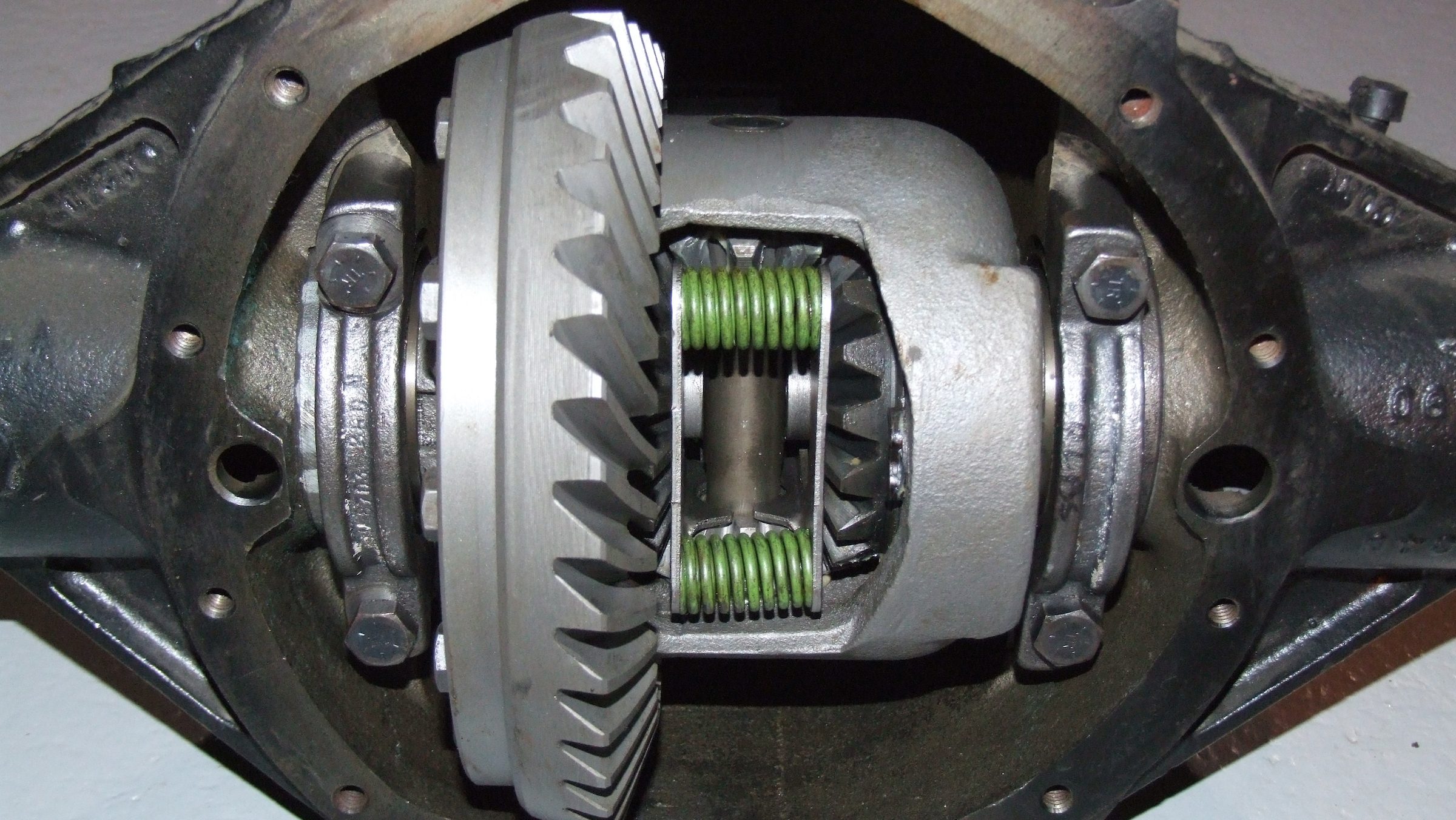
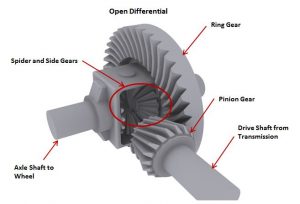
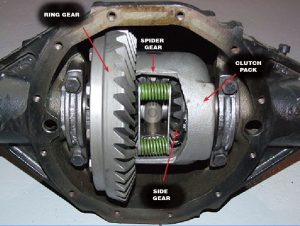
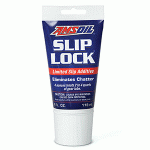
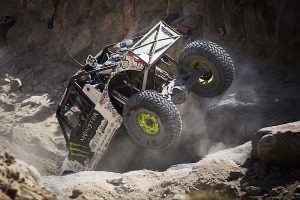
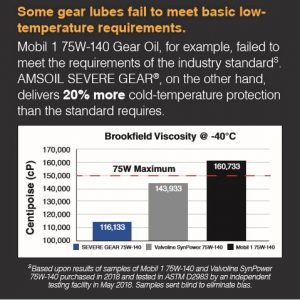
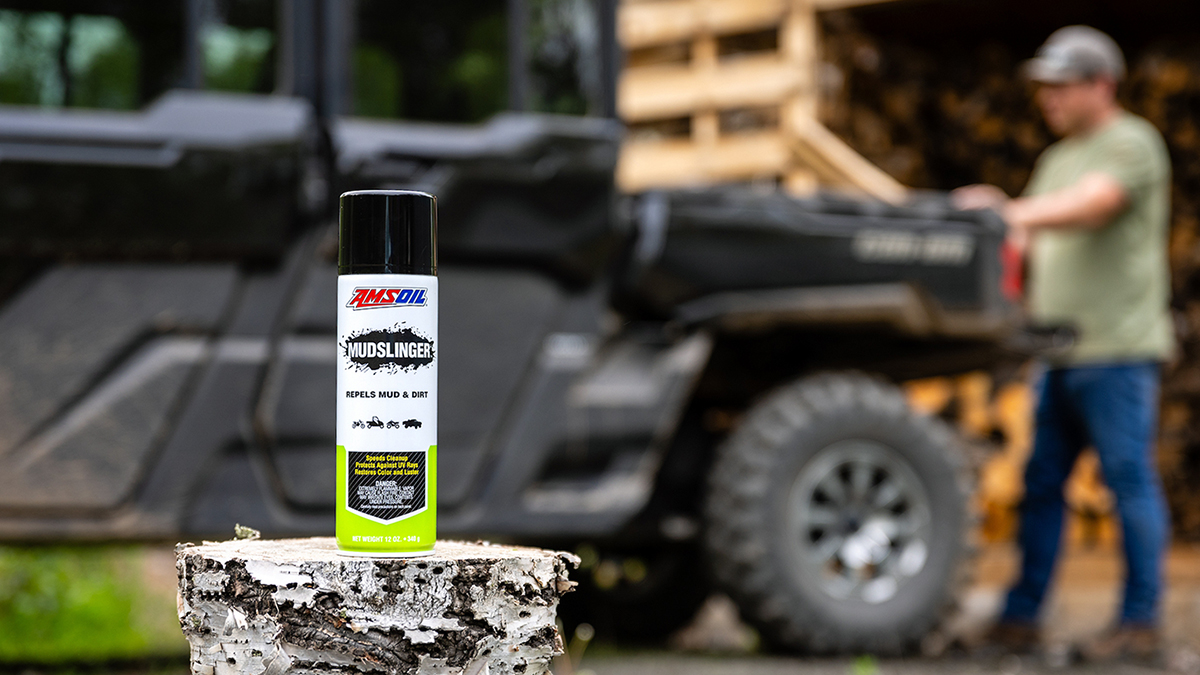
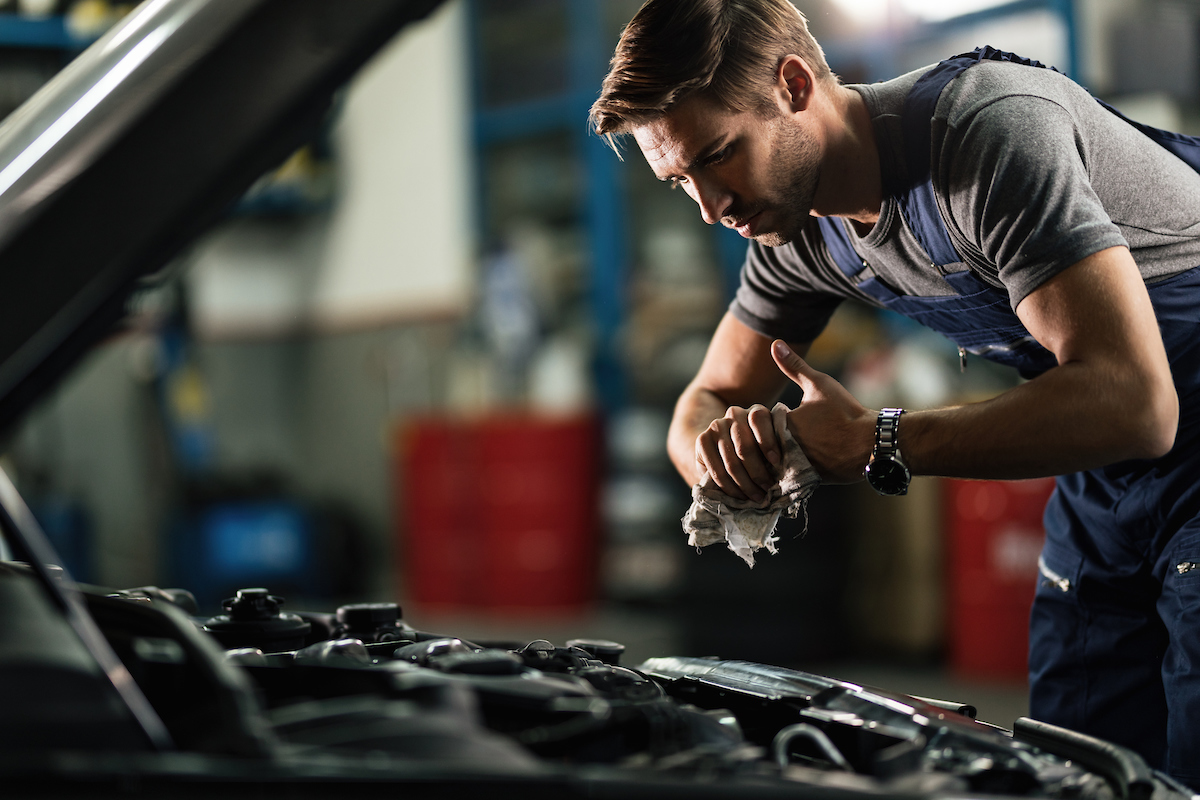
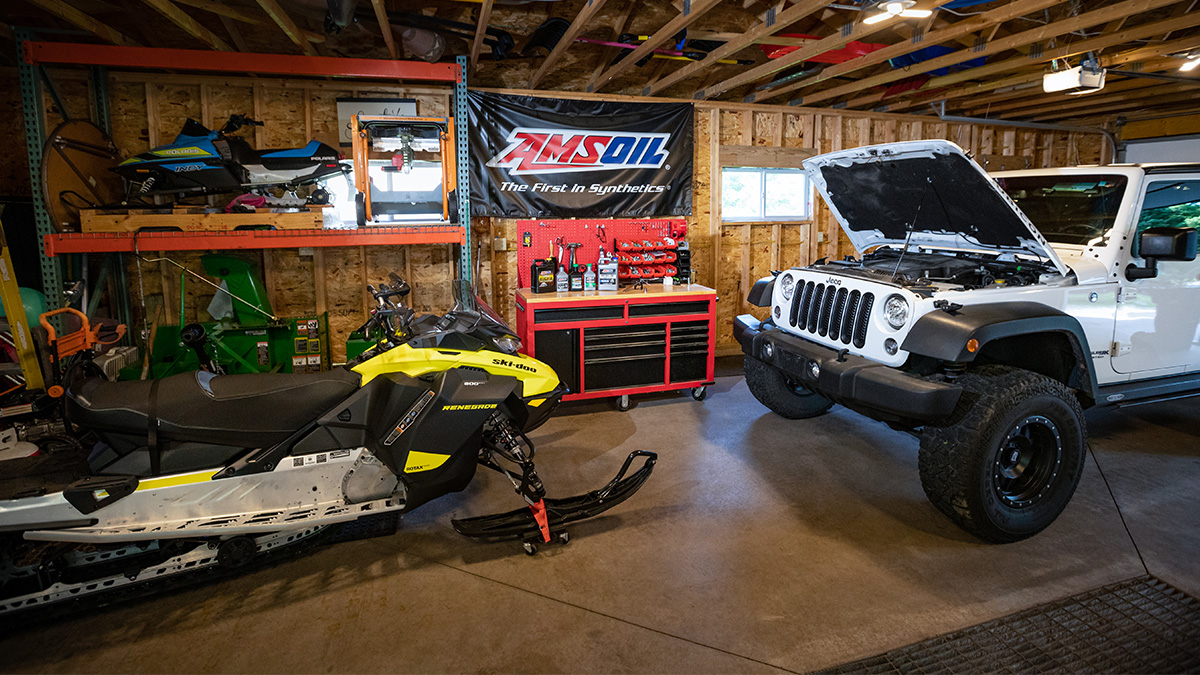
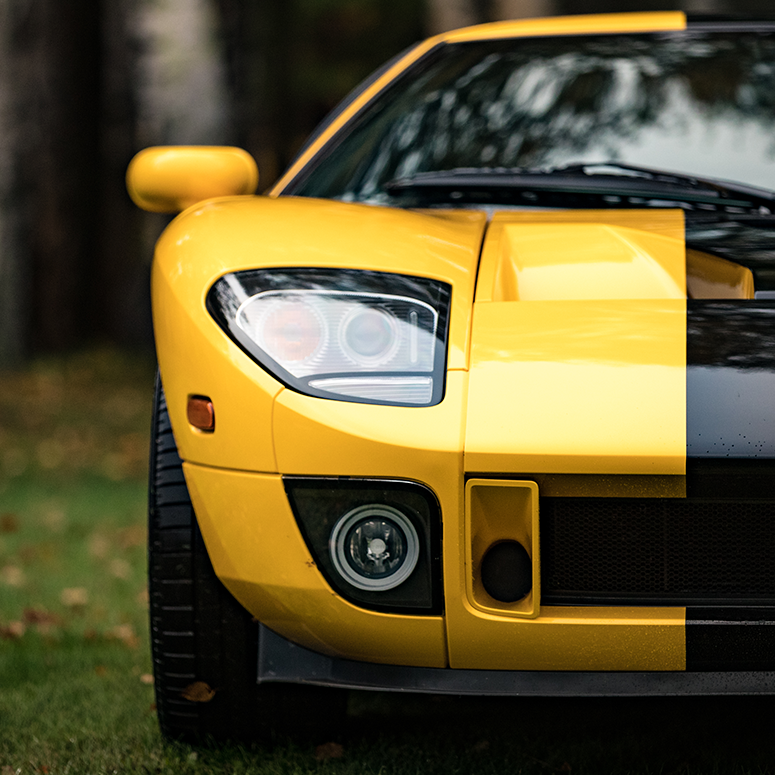
Comments
Share: